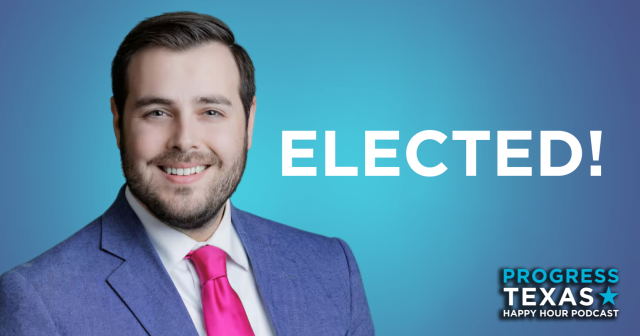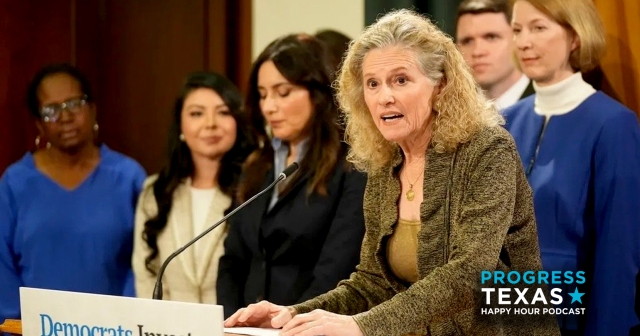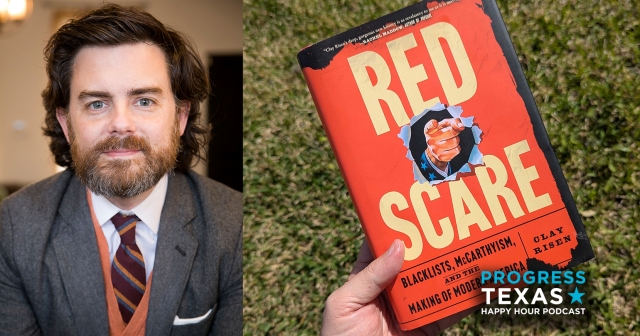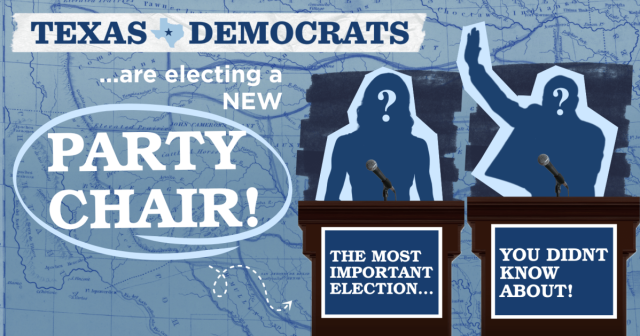NYC’s Soda Ban Serves As A Model For Cities Nationwide
Mayor Bloomberg’s proposal of a city-wide ban in New York City on soda drinks larger than 16 ounces within restaurants and other public venues has prompted reactions ranging from approval for a major step towards combating obesity, to indignation at the city government’s further intervention in citizens’ lives. (Drinks larger than 16 ounces will still be permitted within grocery stores.)
This ban’s effects will be closely watched for its effects on New York City, and possibly emulated in other cities as the nation searches for ways to combat rising obesity rates. Texas cities would be among many cities that will be watched. A healthier population in Texas would go far in reducing healthcare costs, a particular problem in Texas, which must deal with the costs from emergency room visits that result from Texas’ status as the state with the highest proportion of uninsured residents in the nation. Texas’ problems with healthcare also stem from its high obesity rate: 30.1% of Texas residents are now obese.
Texas is projected to suffer even higher healthcare costs, due to a population of overweight/obese children, who are likely to remain obese as adults. Texas continues to lag in terms of child nutrition; the state is ranked 41st nationwide in its summer lunch programs for students who qualify for free or reduced lunch. “Weight-gain and obesity are exacerbated in the summer months because children are often less active and consume meals of reduced nutritional quality,” according to the Food Research and Action Center’s “Hunger Doesn’t Take A Vacation: Summer Nutrition Status Report 2012”. Notably, the report propose a fee on sugar-sweetened beverages, “[reducing] soda consumption by as much as 20%” and creating a psychological damper on soda consumption much like Bloomberg’s ban.
The beverage industry has already lashed out against Bloomberg’s proposed ban, with Coca-Cola stating, “New Yorkers expect and deserve better than this. They can make their own choices about the beverages they purchase”.
Bloomberg points out that people, when given food in a larger container, are more likely to consume more; his belief is supported by recent studies in which portion size can be used to distort a person’s awareness of how much food he or she has consumed. A 2005 study in the Journal of Nutrition Education and Behavior reveals that people, when given a large box of stale popcorn, ate 34% more than they would have with a medium box of the same, stale popcorn.
Education, the popularly proposed solution in response to this so-called ban, seems to have failed the nation. In cities such as Los Angeles and New York City, where calories counts are posted in restaurants and fast-food places, consumer habits have not changed significantly, simply because people’s choices are not affected by seeing nutritional information (and often, the listed nutritional information is inaccurate). This law would be a psychological damper on people’s consumption habits rather than outright control. An individual is free to buy two 16-ounce sodas at a movie theater as a replacement for their usual 32-ounce soda. However, the psychological difference between buying two small drinks and one large drink would create more incentives for healthy choices.
DONATE
Your donation supports our media and helps us keep it free of ads and paywalls.








